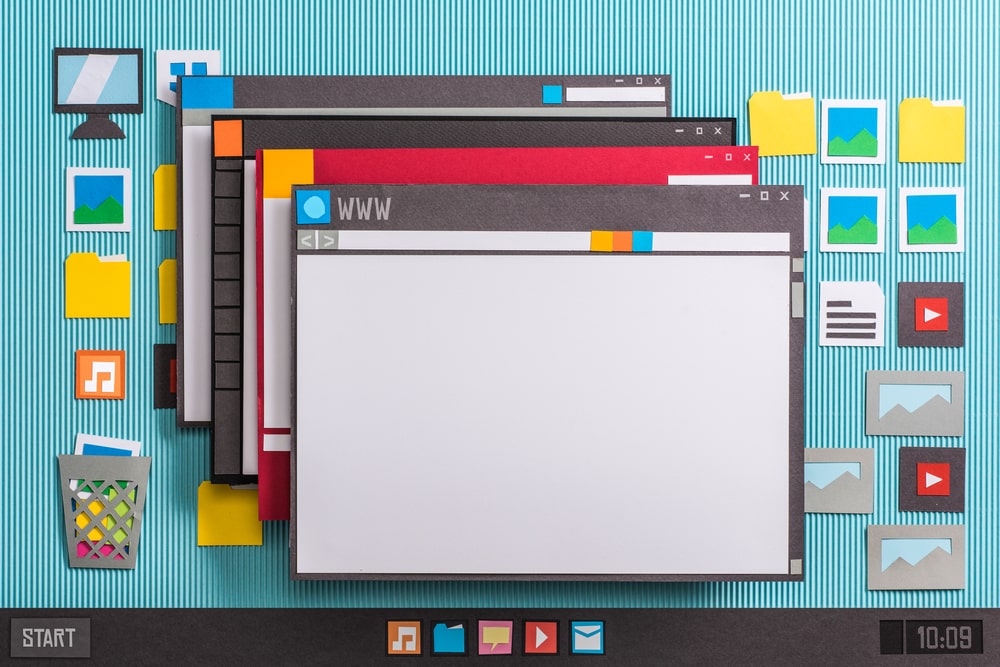Blog
Articles to grow your career
Article
Why Is It Important to Test in Different Browsers?
Apps and websites act differently in different browsers. This is because each of the browsers has its engines, add-ons, plugins, as well as differences in the desktop and mobile versions. Cross-browser testing aims to iron out these differences, making development more or less universal.
Why Cross-Browser Errors Occur
- Sometimes the browsers themselves contain bugs or implement features differently. This is often due to an attempt to gain a competitive advantage.
- Some browsers may have different levels of technology support for other browsers. JavaScript features will most likely not work on older browsers.
- Some devices may have restrictions that make the website slower or display incorrectly. For example, if the website was designed for the desktop, then it is likely that its content will be difficult to read on a mobile device.
- You should start testing the website in popular browsers after it has been checked for defects by other types of testing. Only in this case, it will be possible to say that the detected incorrect scenarios are related specifically to the peculiarities of the browser, and were not skipped at other stages. Of course, this error can’t appear in all browsers. You should also pay attention to the combination of operating system and browser, choosing the most common ones.
Responsive Design vs Adaptive Design: What’s the Difference?
Responsive Design (RWD) means designing a website with specific property values, for example, a flexible layout grid that allows one layout to work on different devices. In addition to its changing structure, responsive design has other advantages:
- The same appearance of the webpage in different browsers and on different platforms.
- The presence of the same URL for the website, which helps SEO-optimization.
- Developers need to maintain only one website, which allows reducing time spent on design and content.
While the positive sides of responsive design are obvious, there are several disadvantages. The biggest of these is loading speed, which is significantly slowed down by the high-resolution images and other visual elements required to design the webpage.
Adaptive Design (AWD), or dynamic display means designing a website with conditions that change depending on the device, based on several fixed-width layouts. For responsive layouts we use media queries and the relative sizes of the grid items which are specified using %. In adaptive design, server-side scripts first determine the type of device a user is using to access a site (desktop, phone, or tablet), then load exactly the version of the page that is most optimized for that device. For grid items, the dimensions are fixed in pixels (px). Therefore, the main differences between these techniques are: responsive design – one layout for all devices, adaptive design – one layout for each type of device.
In other words, the server takes over all the hard work instead of forcing the website to optimize itself. Among the advantages of the adaptive design are the following:
- Images load much faster because they are compressed and adapted to the device of a user
- Website loads faster since the server detects the type of user device and runs the corresponding program code
- Developers enjoy freedom of creativity as they can make different versions of web pages and tailor them to the appropriate types of devices to make them more mobile-friendly.
Do you want to join us?
Leave an application and get a free consultation from our manager.
- Help in choosing a direction
- Course consultation
- Additional materials for the start
This method is overshadowed by the fact that it is not easy to create an adaptive website. Due to the adaptation of the design to different devices, the development time is significantly bigger. Moreover, if you need to make any improvements to the website, you will have to make changes to all versions of it.




